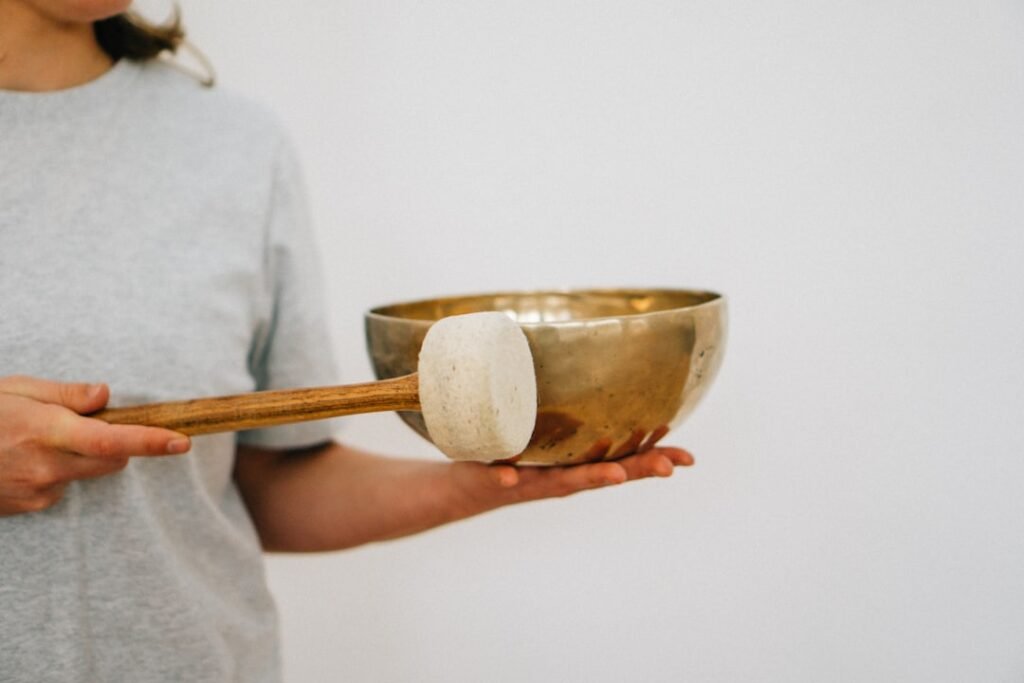In Chinese culture, greetings are not merely a formality; they are a vital aspect of social interaction that reflects respect, politeness, and an understanding of social hierarchies. The way one greets another can convey a wealth of information about the relationship between the individuals involved, their relative status, and the context of their interaction. For instance, a simple “Nǐ hǎo” (你好) can be transformed into a more formal greeting depending on the situation, showcasing the speaker’s awareness of cultural nuances.
This emphasis on greetings is deeply rooted in Confucian values, which prioritise respect for others and the importance of maintaining harmonious relationships. Moreover, proper greetings serve as a bridge to deeper communication. In a society where relationships are paramount, initiating a conversation with an appropriate greeting can set the tone for the entire interaction.
It is not uncommon for individuals to spend several moments exchanging pleasantries before delving into more serious discussions. This practice underscores the significance of building rapport and trust, which are essential components of both personal and professional relationships in China. Spaces are filling up fast! Register for Chinese classes at the LC Chinese School in Oslo today.
Table of Contents
ToggleSummary
- Proper greetings are of utmost importance in Chinese culture, as they demonstrate respect and humility.
- Learning the basics of Mandarin pronunciation is essential for mastering traditional Chinese greetings.
- Correct tone and inflection are crucial for conveying sincerity and respect in Chinese greetings.
- Polishing your body language is key to showing respect and courtesy when greeting someone in Chinese culture.
- Familiarizing yourself with traditional Chinese greeting customs is essential for showing cultural sensitivity and understanding.
Learning the Basics of Mandarin Pronunciation
To effectively communicate in Mandarin, one must first grasp the fundamentals of pronunciation. Mandarin Chinese is a tonal language, meaning that the pitch or intonation used when pronouncing a word can alter its meaning entirely. This characteristic makes mastering pronunciation crucial for anyone wishing to engage in meaningful conversations.
The basic sounds of Mandarin consist of initials (consonants) and finals (vowel combinations), which together form syllables. Understanding these components is essential for clear communication. Additionally, Mandarin pronunciation involves several unique sounds that may not exist in other languages, making it imperative for learners to practice diligently.
For instance, the distinction between “zh,” “ch,” and “sh” can be particularly challenging for non-native speakers. Engaging with native speakers or language instructors can provide invaluable feedback and guidance in refining one’s pronunciation skills. By dedicating time to practice these sounds, learners can significantly enhance their ability to communicate effectively in Mandarin.
Mastering the Correct Tone and Inflection for Greetings

As previously mentioned, tones play a pivotal role in Mandarin Chinese. There are four primary tones in Mandarin: the first tone is high and level, the second rises like a question, the third dips down before rising again, and the fourth tone is sharp and falling. Each tone can change the meaning of a word entirely, making it essential for learners to master them, especially when it comes to greetings.
For example, “mā” (妈) means “mother” in the first tone, while “mà” (骂) means “to scold” in the fourth tone. When greeting someone, using the correct tone not only ensures clarity but also demonstrates respect for the language and its speakers. Mispronouncing a greeting due to incorrect tonal inflection can lead to misunderstandings or even unintended offence.
Therefore, learners should focus on listening to native speakers and practising their tonal pronunciation regularly. This practice will not only improve their speaking skills but also enhance their confidence when engaging in conversations.
Polishing Your Body Language for a Respectful Greeting
In addition to verbal communication, body language plays an integral role in conveying respect during greetings in Chinese culture. Non-verbal cues such as posture, eye contact, and gestures can significantly impact how one is perceived during an interaction. For instance, maintaining an upright posture while greeting someone conveys confidence and respect.
Conversely, slouching or appearing disinterested can be interpreted as rudeness. Furthermore, eye contact is essential in establishing trust and sincerity during greetings. However, it is important to strike a balance; excessive eye contact may be perceived as confrontational in some contexts.
A gentle nod or slight bow can also enhance the respectfulness of a greeting, particularly when addressing someone of higher status or age. By being mindful of these non-verbal cues, learners can ensure that their greetings are received positively and reflect their understanding of Chinese cultural norms.
Familiarizing Yourself with Traditional Chinese Greeting Customs
Traditional Chinese greeting customs are rich and varied, often influenced by regional differences and historical contexts. One common practice is to inquire about a person’s well-being or family before diving into more substantive conversation. Questions such as “Nǐ hǎo ma?” (你好吗?) meaning “How are you?” or “Nǐ jiā hǎo ma?” (你家好吗?) meaning “How is your family?” are frequently used as a way to show genuine interest in the other person’s life.
Another important aspect of traditional greetings is the use of titles and honorifics. In Chinese culture, addressing someone by their title or relationship—such as “Lǎoshī” (老师) for teacher or “Xiānshēng” (先生) for Mr—is a sign of respect. This practice highlights the importance of hierarchy and social structure within Chinese society.
By familiarising oneself with these customs, learners can navigate social interactions more effectively and demonstrate their appreciation for cultural traditions.
Practicing Common Greetings and Phrases in Mandarin

To become proficient in Mandarin greetings, it is essential to practice common phrases regularly. Starting with basic greetings such as “Nǐ hǎo” (你好) for “Hello” or “Zàijiàn” (再见) for “Goodbye” provides a solid foundation for further learning. As learners progress, they can incorporate more complex phrases into their vocabulary, such as “Hěn gāoxìng rènshì nǐ” (很高兴认识你), which means “Nice to meet you.” Engaging in conversation with native speakers or fellow learners can significantly enhance one’s ability to use these phrases naturally.
Language exchange programmes or conversation clubs offer excellent opportunities for practice and immersion in real-life situations. Additionally, utilising language learning apps or online resources can provide learners with interactive exercises to reinforce their understanding of common greetings and phrases.
Understanding the Role of Qigong Masters in Chinese Society
Qigong masters hold a revered position within Chinese society, often regarded as custodians of ancient wisdom and practitioners of holistic health practices. Qigong itself is a discipline that combines physical postures, breathing techniques, and meditation to cultivate energy within the body. As such, Qigong masters are seen not only as instructors but also as spiritual guides who help individuals achieve balance and harmony in their lives.
The respect afforded to Qigong masters is deeply rooted in traditional Chinese beliefs about health and spirituality. Many individuals seek their guidance not only for physical ailments but also for emotional and spiritual well-being. This reverence extends to how one greets a Qigong master; it is customary to approach them with humility and respect, acknowledging their expertise and experience.
Recognizing the Significance of Respect and Humility in Greeting a Qigong Master
When greeting a Qigong master, it is essential to embody respect and humility—qualities that are highly valued in Chinese culture. A respectful greeting may involve bowing slightly or using both hands when offering a gesture such as a handshake or presenting a gift. This physical expression of respect reinforces the importance of acknowledging the master’s status and contributions to the practice.
Moreover, verbal greetings should reflect this sense of humility. Phrases such as “Wǒ hěn gāoxìng néng rènshì nín” (我很高兴能认识您), meaning “I am very pleased to meet you,” convey both appreciation and deference. By adopting this respectful approach when greeting a Qigong master, individuals demonstrate their understanding of cultural values while fostering a positive relationship with their instructor.
Embracing the Cultural Significance of Greetings in Qigong Practice
In Qigong practice, greetings serve as an integral part of establishing a connection between practitioners and their masters or fellow students. The act of greeting is not merely a formality; it embodies the principles of respect, mindfulness, and community that underpin Qigong philosophy. By embracing these cultural nuances during greetings, practitioners create an environment conducive to learning and personal growth.
Furthermore, incorporating traditional greetings into Qigong practice reinforces the idea that every interaction is an opportunity for connection and understanding. Whether attending classes or participating in group sessions, taking the time to greet others respectfully fosters camaraderie among practitioners and enhances the overall experience of learning Qigong.
Seeking Guidance from Native Mandarin Speakers or Language Instructors
To truly master the art of greetings in Mandarin Chinese, seeking guidance from native speakers or qualified language instructors is invaluable. These individuals possess not only linguistic expertise but also cultural insights that can greatly enhance one’s understanding of appropriate greetings in various contexts. Engaging with native speakers allows learners to hear authentic pronunciation and intonation while receiving immediate feedback on their own attempts.
Language instructors often provide structured lessons that focus on practical communication skills, including greetings and social etiquette. Participating in language courses at institutions like LC Chinese School in Oslo can offer learners an immersive experience where they can practise speaking with peers while receiving expert guidance from experienced teachers. Such environments foster confidence and competence in using Mandarin effectively.
Demonstrating Your Commitment to Learning and Respecting Chinese Culture through Proper Greetings
Ultimately, mastering proper greetings in Mandarin is not just about language proficiency; it reflects a deeper commitment to understanding and respecting Chinese culture. By investing time and effort into learning these customs, individuals demonstrate their willingness to engage meaningfully with others while honouring cultural traditions. At LC Chinese School in Oslo, students have the opportunity to delve into both language learning and cultural appreciation through comprehensive courses tailored to various proficiency levels.
The school’s emphasis on practical communication skills ensures that learners not only acquire vocabulary but also understand the cultural significance behind each phrase they learn. By participating in these courses, students can confidently navigate social interactions while showcasing their dedication to embracing Chinese culture through respectful greetings. In conclusion, proper greetings are an essential aspect of communication within Chinese culture that extends beyond mere words.
By understanding pronunciation, mastering tones, polishing body language, familiarising oneself with customs, practising common phrases, recognising cultural significance within specific contexts like Qigong practice, seeking guidance from native speakers or instructors at institutions like LC Chinese School in Oslo, individuals can demonstrate their commitment to learning and respecting this rich cultural heritage through meaningful interactions.







